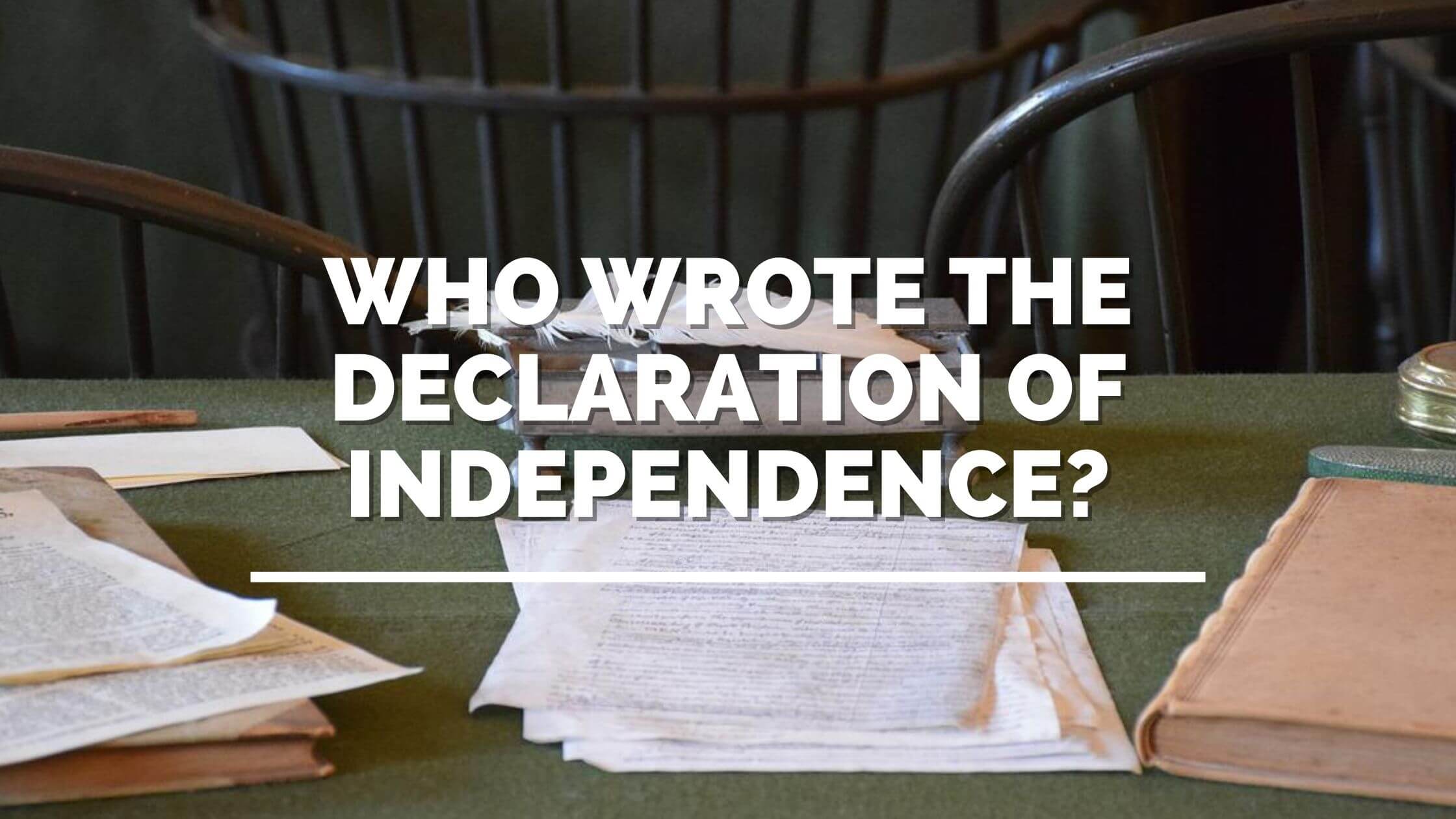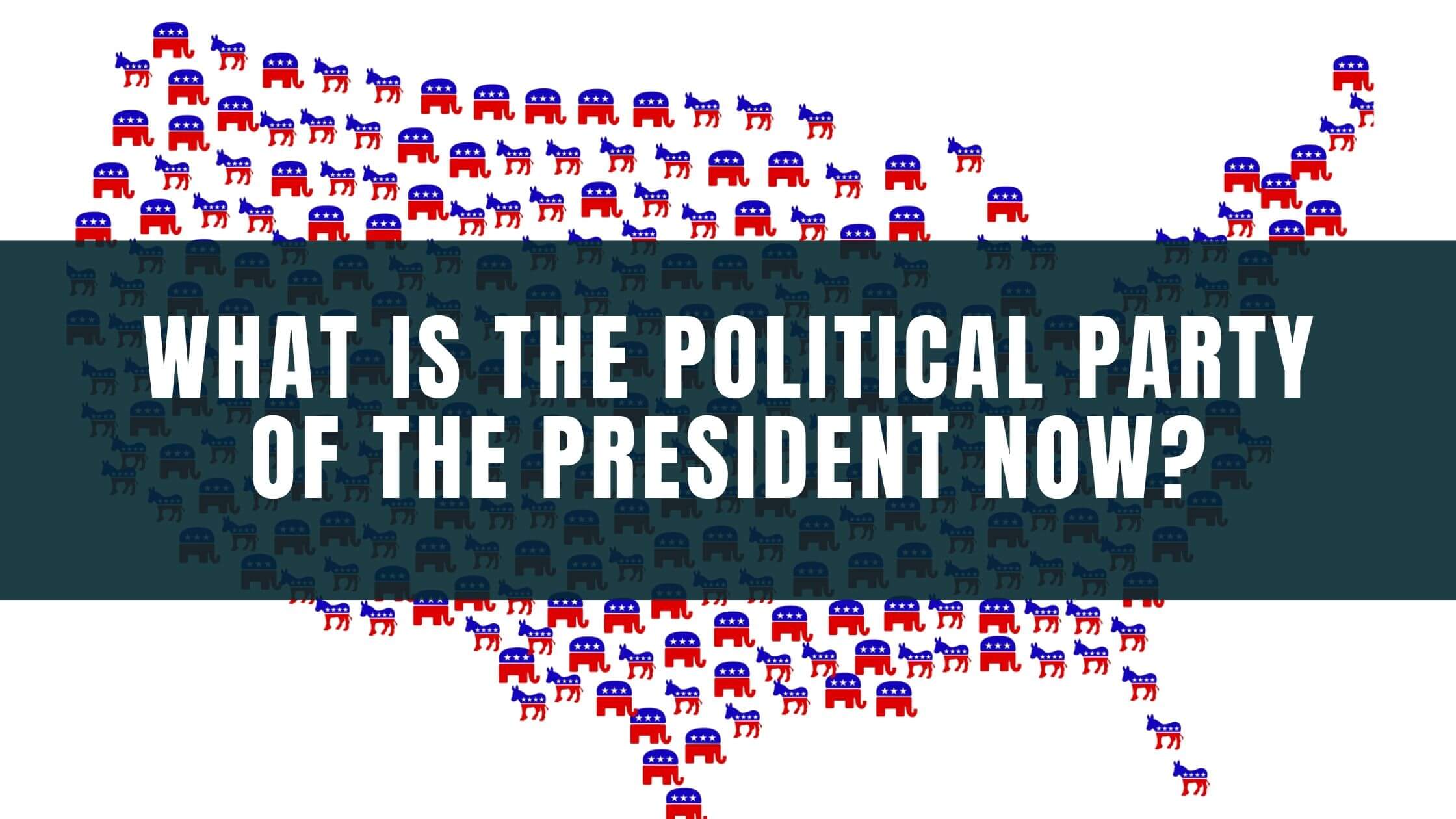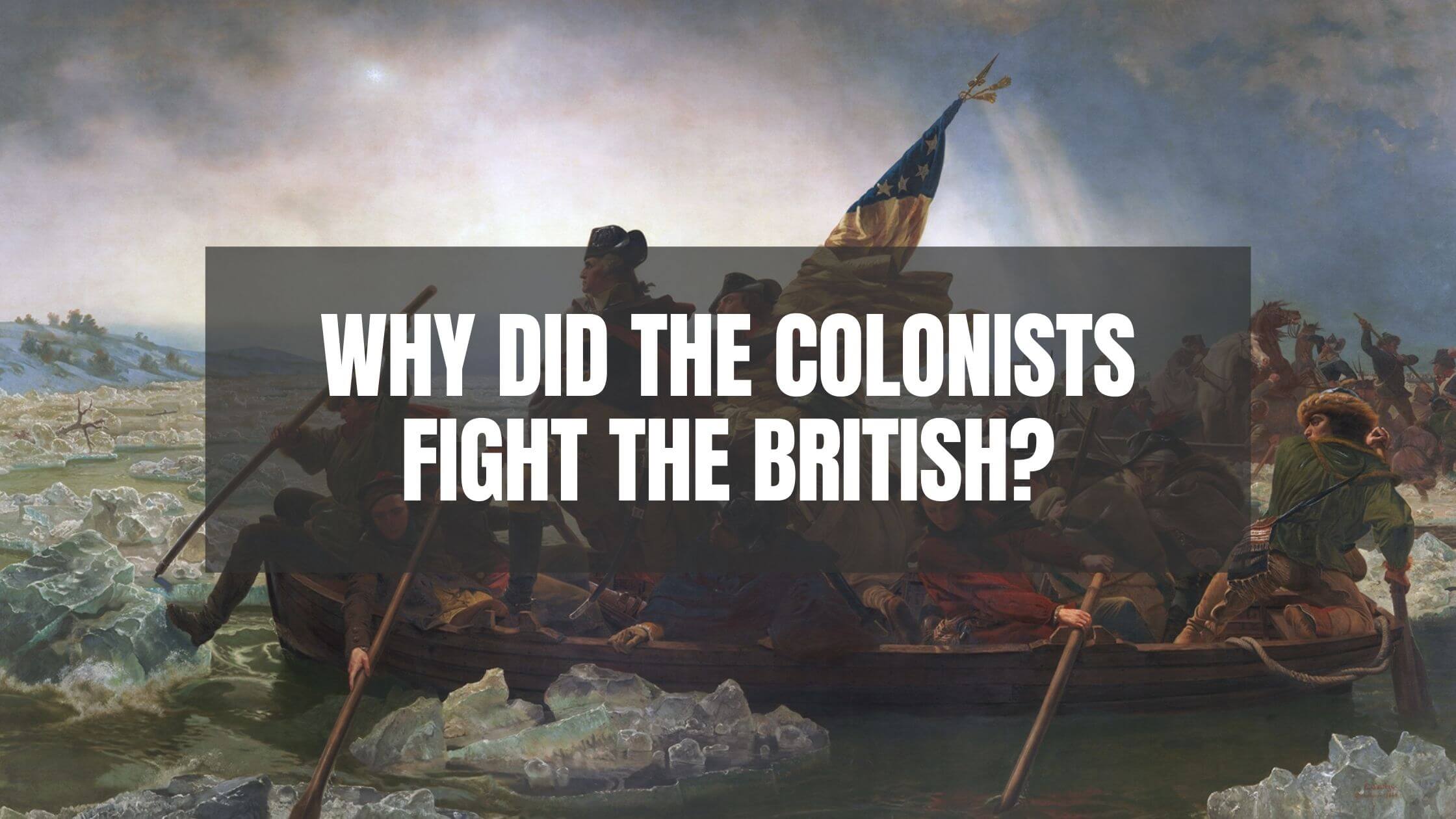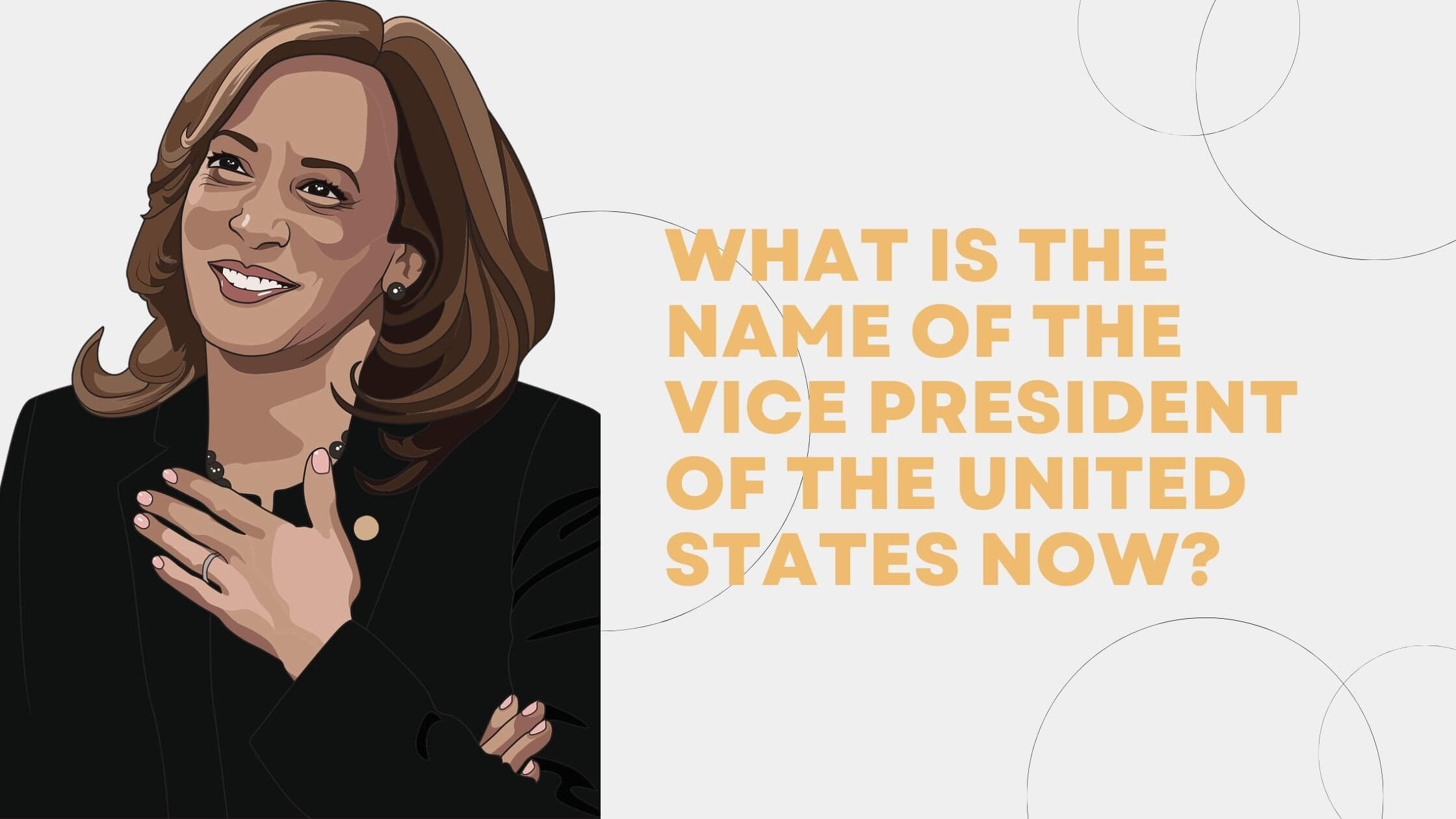Table of Contents
ToggleWho wrote the Declaration of Independence?
The straightforward answer to who wrote the Declaration of Independence is Thomas Jefferson.
This important document is heralded as one of the most significant achievements of the man that would later become President of the United States. It is, therefore, easy to assume that he wrote it all himself and was responsible for every word. However, a larger committee was tasked with the job, and many pointed out that the ideas presented weren’t original.
Who Authored the Declaration of Independence?
There isn’t a straightforward answer here because more individuals were responsible for this document than just Thomas Jefferson. He can take most of the credit, but a larger committee was at work, and there were edits to the draft before the final version.
When looking at the Declaration Of Independence, we need to consider all those involved. There is also the question of who created the finished documents that we can see in archives today. The Declaration of Independence was sent out for printing shortly after its approval. But, there is also an engrossed copy that bears the signatures and is on display in the National Archives.
Thomas Jefferson’s Role
The lead author of the Declaration of Independence was Thomas Jefferson, as he was encouraged to take on the first draft entirely by himself. He was just thirty-three at the time but was seen as the prime candidate by his peers, some of whom may have coerced him to in order to avoid too much blame or pressure on themselves.
Historians like to point out that many of Jefferson’s ideas within the document aren’t original, and Jefferson didn’t refute this. He also declined to take personal credit for the work until much later. It is claimed that Thomas Jefferson didn’t use any physical books or pamphlets when writing but worked from memory to reword ideas taken from other philosophers and historians in European history. He also drew on the the text of the Virginia Constitution.
The Committee Tasked With Creating the Document and Their Edits
A larger committee of men was tasked with drafting the Declaration of Independence along with Thomas Jefferson. The other four members were Founding Fathers John Adams, Benjamin Franklin, Roger Sherman, and Robert R. Livingston. They requested that Jefferson take on the task of writing the first draft and would later make edits and suggestions as needed.
This process took some time, with the committee formed on June 11th and the Continental Congress reading the final copy of the draft on June 28th. Congress would work through a series of debates and revisions to create the final form that we know today. The declaration was made on July 2nd and adopted on the 4th, Independence Day.
The Printed Copy Approved by Congress
The Declaration Of Independence was adopted on July 4th, 1776, and sent out for printing and publication. This copy was made available for the public and readings across the country. However, this was not the official copy that would be signed to signify further the intentions of those involved and the nation more generally. That came later.
These first prints are referred to as the Dunlap Broadsides – named after their form and the printer that created them. In a local print shop, Dunlap created somewhere between 100-200 copies to be sent out to state officials, conventions, and even to the officers fighting the Revolutionary War. This helped elevate the document’s status from a declaration to a motivational tool for the American Revolution.

Get Smarter on US News, History, and the Constitution
Join the thousands of fellow patriots who rely on our 5-minute newsletter to stay informed on the key events and trends that shaped our nation's past and continue to shape its present.
The Engrossed Copy of the Declaration of Independence
The printed copies of the Declaration Of Independence served their purpose but weren’t enough. The government also required a formal copy to be engrossed and later signed by those in favor among major delegates. Engrossing means handwriting a document in fine penmanship. This is why the official copy looks so much neater and more legible than the drafts created by Thomas Jefferson.
On July 19th, Congress ordered that there should be this engrossed copy for signature and paid an assistant to do so. Timothy Matlack copied the text in an attractive script, with room underneath for all the necessary signatures. A short time later, on August 2nd, the members of the Continental Congress gathered to add their names.
Are All Versions of the Declaration on Show Today?
Finally, there is another series of printed documents in the history of this text. The problem with engrossed parchment is that it is fragile and can fade with sun damage. This is apparent when looking at the document today. So, a copperplate print facsimile was commissioned. William J. Stone created this over three years, allowing for this alternative copy in 1824.
Every written and printed version of the Declaration Of Independence is symbolic in its own right. The engrossed version is behind glass with the other Charters of Freedom in the rotunda of the National Archives. Copies of the Dunlap Broadside prints still exist, and some are in museum collections.
Some pieces of Thomas Jefferson’s drafts survived. These are as interesting from a historical perspective to see the train of thought that went into the script, what was crossed out, and to see his handwriting. One version listed as the “original rough draft” with all the edits is now in the Library of Congress.
Who Created the Declaration of Independence?
In short, if we were to ask who created the Declaration Of Independence instead of who wrote it, there would be a broader range of answers. We would factor in the full committee, the editors, the printers, and the engrosser that came up with the official document. But, Thomas Jefferson will forever take the credit as the lead writer and man responsible for most of those infamous lines.











